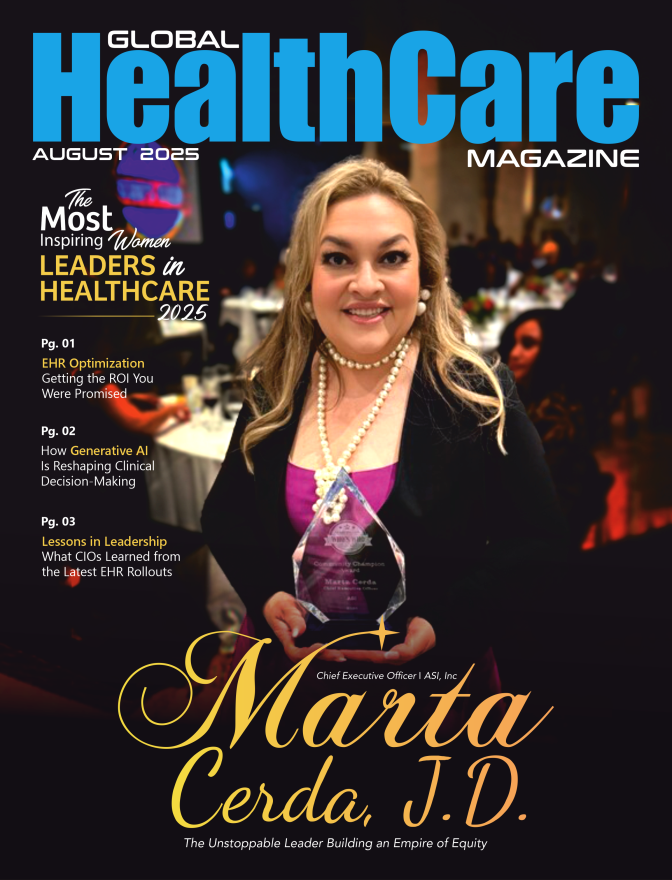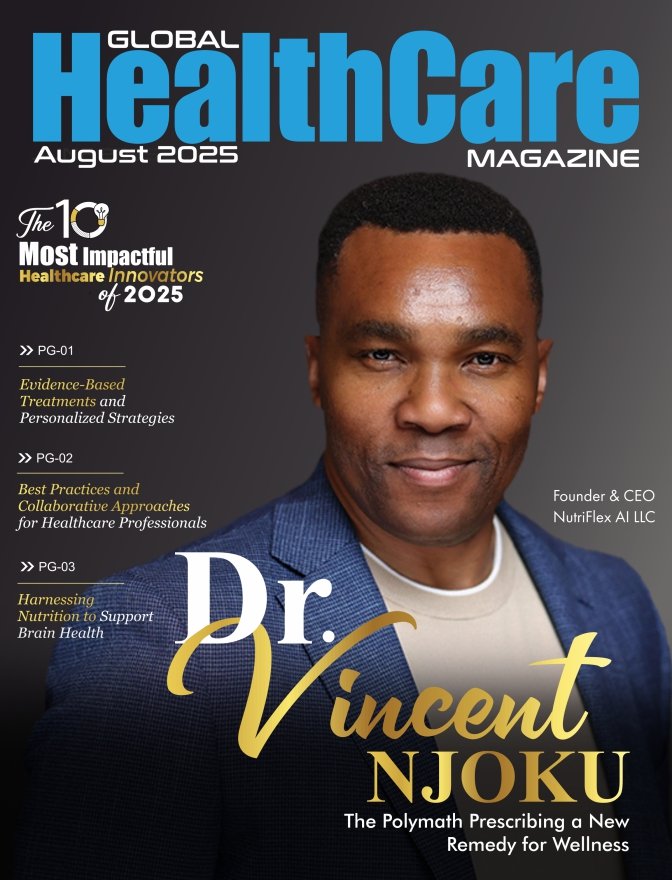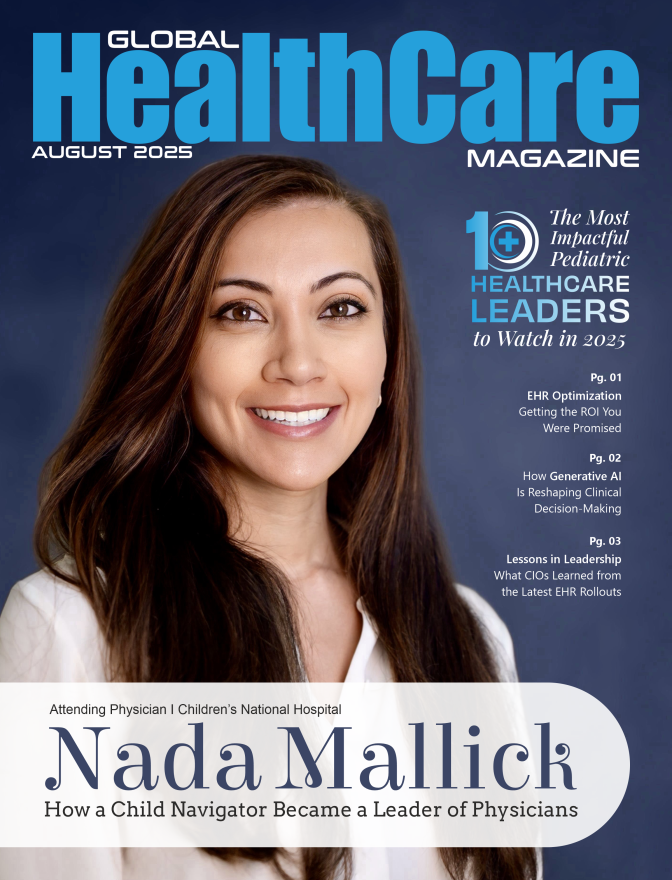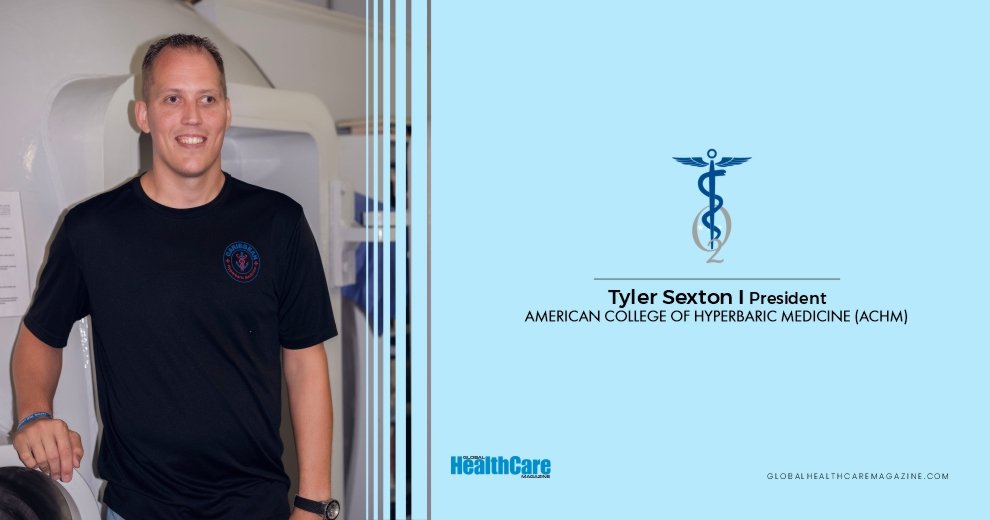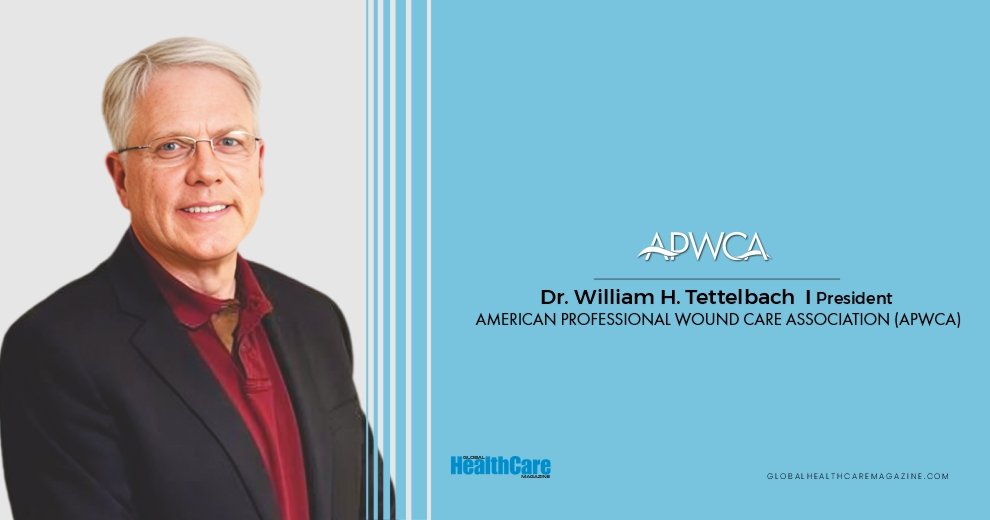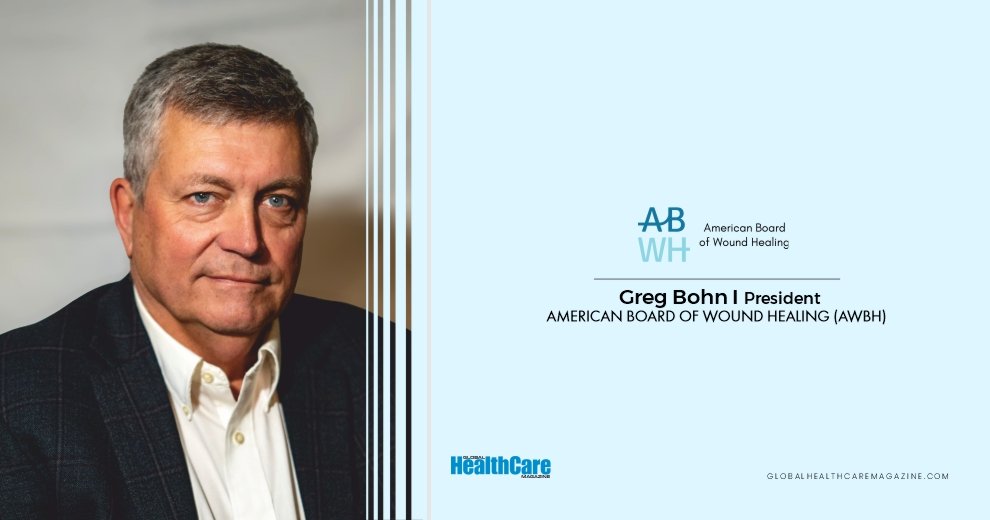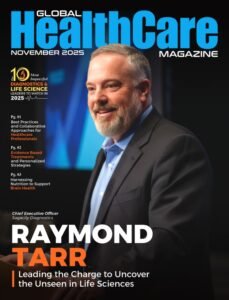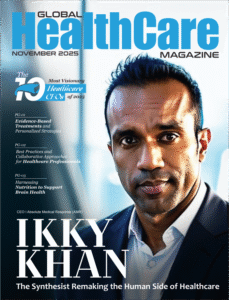In an era where corporate wellness and health metrics are paramount, a sobering reality is emerging from global health data. The casual after-work drink or celebratory toast may be exacting a far higher price than ever understood, with a staggering rise in alcohol based cancer deaths creating ripples through public health sectors and the global workforce. New reports paint a grim picture: the number of lives lost to cancers directly linked to alcohol has been quietly but relentlessly climbing, revealing a significant, yet largely underestimated, threat.
For years, the discourse around alcohol’s harms has centered on addiction and liver disease. However, a powerful body of evidence now firmly positions alcohol as a potent, preventable carcinogen. The latest figures are a wake-up call, with study authors noting, “Despite growing awareness… our findings highlight the critical need for targeted prevention efforts.”
By the Numbers: The Global Toll
The scale of the alcohol based cancer deaths is stark when viewed through the latest data. Instead of being a marginal issue, alcohol’s contribution to cancer mortality is substantial and growing.
- Global Impact: Alcohol consumption is responsible for over 400,000 cancer deaths globally each year, accounting for more than 4% of all cancer-related fatalities. In 2020 alone, an estimated 741,300 new cancer cases were attributable to alcohol.
- U.S. Trends: The situation in the United States is particularly alarming. Alcohol-related cancer deaths have more than doubled in three decades, surging from 11,896 in 1990 to 23,207 in 2021.
- A Significant Cause: This means about 1 in 25 cancer deaths in the U.S. is now linked to alcohol. Annually, this toll of 20,000 deaths is higher than the number of fatalities from alcohol-related traffic accidents.
- Years of Life Lost: Each death represents a significant loss of human potential, shortening lives by an average of 15 years and resulting in over 305,000 years of potential life lost each year in the U.S.
How Alcohol Becomes a Carcinogen?
The link between alcohol and cancer is not coincidental; it is biological. When the body metabolizes alcohol, it creates compounds that can fuel the development of cancer through several mechanisms:
- Direct DNA Damage: Alcohol’s primary breakdown product, acetaldehyde, is a toxic chemical and a known carcinogen that can damage cellular DNA, leading to harmful mutations.
- Impairing Nutrient Absorption: Alcohol can hinder the body’s ability to absorb essential vitamins and nutrients that protect against cancer.
- Increasing Estrogen Levels: In women, alcohol can raise levels of estrogen and other hormones associated with an increased risk of breast cancer.
- Facilitating Toxin Entry: Alcohol can damage tissues in the mouth and throat, making them more vulnerable to other carcinogens, such as those found in tobacco smoke.
- Chronic Inflammation: Heavy, long-term drinking can cause chronic inflammation and scarring of the liver (cirrhosis), a major risk factor for liver cancer.
Alcohol: The Underestimated Carcinogen in Plain Sight
One of the most pressing concerns, according to researchers, is the general lack of public awareness about alcohol’s carcinogenic potential. While tobacco has long been recognized as a cancer risk, alcohol is often overlooked in everyday conversations, even by those in healthcare.
“We already know other risk factors, such as tobacco, for cancer,” said Dr. Chinmay Jani, lead author of the study and clinical fellow in hematology and oncology at the Sylvester Comprehensive Cancer Center. “However, it is very important to know that alcohol is also a risk factor and can be a carcinogen in many different cancers.”
Jani’s remarks underscore a critical knowledge gap that continues to fuel rising cancer mortality rates, especially among populations unaware of alcohol’s biological impact. The issue is not just how much one drinks, but also when drinking begins.
“When people are drinking at a younger age, it starts accumulating in your body and then you have manifestations in elderly age,” Jani explained. “These things we are not aware of when we are young and drinking alcohol, usually more frequently.”
This observation aligns with long-term epidemiological data showing that alcohol-related cancers are most prevalent in individuals over 55. The biological wear and tear from decades of drinking, often starting in adolescence or early adulthood, only becomes visible decades later—a delayed but deadly consequence.
Who Is Most at Risk?
Men are more likely to die from alcohol-related cancers, particularly liver and colorectal cancers.
Women, however, face a more insidious risk: breast cancer due to alcohol now accounts for nearly 60% of all female alcohol-related cancer deaths.
Even light drinkers are not spared. Research confirms no “safe” level of alcohol when it comes to cancer risk.
Why Alcohol Causes Cancer: The Science Behind the Risk
Alcohol triggers cancer through multiple biological pathways:
- DNA damage is caused by acetaldehyde, a toxic byproduct of alcohol metabolism.
- Increased estrogen levels fueling hormone-sensitive cancers like breast cancer.
- Chronic inflammation, particularly in the liver and gastrointestinal tract.
- Enhanced absorption of other carcinogens, especially when combined with smoking.
The cancer types most strongly linked to alcohol include:
- Liver
- Breast
- Esophagus
- Mouth and throat
- Colorectal
- Larynx
Geography Matters: Where the Risk Is Growing Fastest
Southeast Asia has seen the fastest growth in alcohol-related cancer deaths, increasing by 1.7% annually.
East Asia and Eastern Europe also rank among the highest in alcohol-attributable cancer burdens.
Within the U.S., Washington, D.C. has the highest alcohol-related cancer mortality rate, while Utah, with its historically low alcohol consumption, remains at the lowest end of the spectrum.
A 15-Year Loss of Life: The Human and Economic Cost
On average, an individual who dies from alcohol-attributable cancer loses 15 years of life, amounting to over 300,000 years of potential life lost annually in the U.S. alone. For employers, insurers, and national economies, this means lost productivity, rising healthcare costs, and growing insurance liabilities.
Solutions in Sight: How to Reverse the Trend
Policy-Level Levers
- Taxation: Doubling alcohol taxes could prevent nearly 6% of new alcohol-related cancer cases.
- Minimum pricing and restricted sales hours reduce consumption and harm.
- Advertising bans, particularly for youth-targeted marketing, are proven to reduce drinking rates.
Clinical & Community Tools
- Alcohol screening and brief interventions (SBI) in primary care settings help reduce consumption.
- Physician-patient discussions about alcohol and cancer are effective, yet underutilized.
WHO’s SAFER Initiative
The World Health Organization recommends five strategies:
- Strengthen alcohol availability restrictions.
- Advance drunk-driving laws.
- Facilitate treatment and screening access.
- Enforce advertising bans.
- Raise alcohol prices via taxation.
The Business of Health: A Call to Action for Leaders
For those in the business of health—insurers, hospitals, policy makers, and healthcare investors—alcohol based cancer deaths are not just a medical issue, but a strategic imperative. Prevention is not only ethically sound but economically essential. Each preventable death represents not just a life lost, but a blow to labor force participation, health system sustainability, and national productivity.
Final Sip: A Slow Killer Hiding in Plain Sight
As more data emerges, it becomes clearer: alcohol is silently fueling a deadly cancer wave. It’s time to rethink the role of alcohol in our society—not through prohibition, but through smarter policies, better awareness, and a united commitment to prevention. Because alcohol based cancer deaths are not slowing down in the near future, unless we take strict actions.
After all, it’s not just what’s in the glass—it’s what we’re willing to ignore that could be fatal.



